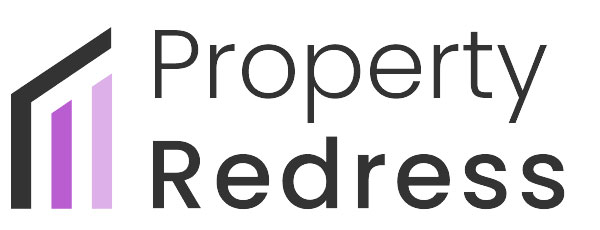In this month’s Fire & Safety Bulletin we learnt that a property company had been ordered to pay over £17,000 for breaches in fire safety in West Sussex and another company director from Essex had been prosecuted for significant breaches including e-scooters being stored in an electrical intake cupboard. It’s obvious that negligence endangers lives and if a fire was to occur, residents living in, or visitors to the property, would be at an increased risk of potential death or serious injury. Being informed is key to reduce these dangers.
Fire safety standards in residential blocks
Managing fire safety is vital if you are a landlord or managing agent. There are reasons that Fire Safety regulations have to be in place and businesses have a legal responsibility to adhere to the law.
What should your landlord or managing agent have put in place?
- Escape routes should be clear of combustible and flammable materials
- Pictures along escape routes must be in glass fronted frames or units and safely secured to the wall. Reducing the spread of flames along escape routes is vital.
- Maintenance procedures must be in place and where appropriate, premises logbooks must be complete.
- Emergency procedures must be clear and obvious. For example, if there is a ‘stay put’ policy, a copy should be given to every resident annually.
- Portable appliance testing must be completed on all single-phase electrical equipment (3 pin plugs) and labelling clearly visible on each device.
What are the maintenance requirements under the Fire Safety Order 2005 for residential properties and mixed-use properties?
General maintenance duties
Under Article 17, the “responsible person” (e.g., landlord, managing agent, or owner) must maintain all fire safety systems and equipment in an efficient working order.
This includes:
- Fire detection and alarm systems
- Emergency lighting
- Fire extinguishers and hose reels
- Fire doors and smoke control systems
- Signage (fire exit and safety signs)
- Sprinklers, fire curtains, and other active protection systems
All maintenance should follow manufacturers’ guidance and British Standards (e.g. BS 5839 for fire alarms, BS 5266 for emergency lighting).
Residential properties
For purely residential premises (like single private dwellings), the FSO does not normally apply but it does apply to common parts of multi-occupied buildings like hallways, stairwells and plant rooms. Blocks of flats or HMOs (houses in multiple occupations) require a fire risk assessment for communal areas.
Maintenance duties therefore apply to shared areas only. The responsible person must:
- Keep fire doors operational and unobstructed.
- Ensure alarms and emergency lighting in communal areas are tested regularly.
- Maintain escape routes clear and adequately lit.
- Record inspections and testing in a fire logbook.
Mixed use properties (Commercial + Residential)
Where a property contains both residential and non-residential elements (e.g. shops below flats):
- The commercial areas and common parts fall under the FSO.
- The private dwellings themselves (inside flats) remain outside the FSO’s scope.
However, the shared parts, such as shared staircases, corridors, service ducts, and fire separation must be maintained to prevent fire spread between the two.
This means:
- Fire-resisting doors and walls separating the commercial and residential parts must be inspected and maintained.
- Fire detection and alarm systems must be interlinked or compatible where required by the fire risk assessment.
- Emergency lighting and signage in shared escape routes must be maintained in working order.
Record keeping and testing
To comply with the FSO:
- Records of all inspections, tests, and maintenance activities must be maintained.
- Competent persons (e.g. certified fire safety contractors) need to be appointed to perform maintenance.
- Fire risk assessments should be reviewed regularly and typically annually, or sooner if building use or layout changes.
Enforcement and penalties
The Fire and Rescue Service enforces the FSO. Failure to maintain fire precautions properly can result in:
- Enforcement notices requiring improvements.
- Prohibition notices restricting building use.
- Prosecution and fines for non-compliance.
New Regulations from April 2026 will support safer evacuation
From 6 April, 2026 Fire Safety England will require ‘Responsible Persons’ who are typically a director or building owner, to identify any residents who may need help to evacuate their building. These would be generally people with a mobility, sensory or cognitive impairment.
This has been a recommendation following the Grenfell disaster when it was felt that workplace-style self-evacuations were impractical for residential properties.
The introduction of Residential PEEPS (Personal Emergency Evacuation Plans) is the identification of resident and assessing their fire risk. Following an assessment there would be a consent-based sharing of the risk with the local Fire and Rescue Authority and ongoing reviews of the plan and evacuation procedure.
Participation in Residential PEEPS is voluntary but if you would like to know more about Fire Safety and Compliance, this is a service which we offer out to managing agents, landlords and directors. Please use our contact form and we will get back to you with more details.







